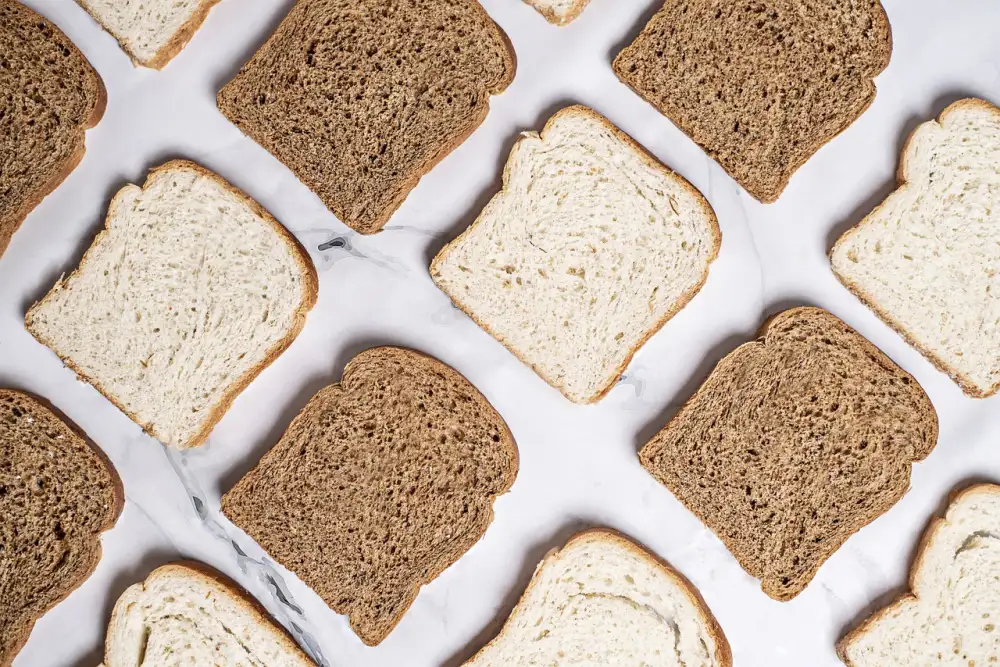Delight Your Easter Table with a Scrumptious Easter Bread Recipe

Easter Bread, also known as "Pascha" or "Kulich," is a traditional sweet bread that holds a special place on the Easter table in many cultures around the world. This bread is not only a delicious treat but also carries symbolic significance during the Easter season. With its rich history and unique flavors, Easter Bread has become a staple in many households during this festive time of year. Join us as we delve into the art of making this delightful bread and explore its cultural importance in various traditions.
History and Significance of Easter Bread
Easter bread, also known as "Pascha" or "Kulich," holds a significant place in the Easter celebrations of many cultures around the world. The tradition of baking special bread for Easter dates back centuries and is deeply rooted in religious symbolism. In Christian traditions, Easter bread symbolizes the end of Lent and the resurrection of Jesus Christ. The shape of the bread, often braided or round, represents unity and eternity. Ingredients like eggs symbolize new life, while spices like cinnamon and nutmeg represent the exotic spices brought to Jesus at his birth. Enjoying Easter bread is not just a culinary experience but a way to connect with history and faith through a delicious tradition that has stood the test of time.
Ingredients Required for Easter Bread
Easter bread, a traditional treat enjoyed during the Easter holiday, requires specific ingredients to achieve its unique flavor and texture. The key components typically include flour, sugar, yeast, eggs, butter, milk, and sometimes dried fruits or nuts for added richness and sweetness. Additionally, aromatic ingredients such as orange zest or vanilla extract can be used to enhance the overall taste of the bread. These carefully selected ingredients come together to create a delicious and festive loaf that is perfect for celebrating Easter with family and friends.
Step-by-Step Instructions for Making Easter Bread
1. In a mixing bowl, combine warm milk, sugar, and yeast. Let it sit for 5-10 minutes until foamy.
2. Add in flour, eggs, melted butter, salt, and any additional flavorings like orange zest or vanilla extract.
3. Knead the dough until smooth and elastic, then place it in a greased bowl to rise for about an hour.
4. Once doubled in size, punch down the dough and shape it into desired forms such as braids or wreaths.
5. Let the shaped dough rise again for another 30-45 minutes before brushing with an egg wash.
6. Bake at 350°F (180°C) for 25-30 minutes or until golden brown and hollow-sounding when tapped on the bottom.
7. Allow the Easter bread to cool before serving and enjoying with loved ones during this festive season.
Tips and Tricks for Perfecting Your Easter Bread
To ensure your Easter bread turns out perfectly, here are some tips and tricks to keep in mind. Firstly, make sure your yeast is fresh and active to help the dough rise properly. Knead the dough thoroughly to develop gluten for a light and airy texture. Allow the dough to rise in a warm, draft-free place until it has doubled in size. When shaping the bread, be gentle to avoid deflating the dough. Brushing with an egg wash before baking will give your bread a beautiful golden crust. Lastly, allow the bread to cool completely before slicing to prevent it from becoming dense. By following these tips, you'll be on your way to creating a delicious and visually stunning Easter bread for your table.
Serving Suggestions and Pairings
Easter bread is a versatile treat that can be enjoyed in various ways. For a traditional touch, serve slices of Easter bread with a dollop of sweet butter or fruit preserves for breakfast or brunch. It can also be paired with a cup of hot tea or coffee to enhance its flavors.
For a more indulgent experience, consider turning your Easter bread into French toast by soaking slices in a mixture of eggs, milk, and cinnamon before frying them until golden brown. Top with powdered sugar and maple syrup for a decadent twist on a classic dish.
If you're looking to impress your guests, serve Easter bread alongside a selection of cheeses and charcuterie for an elegant appetizer spread. The slightly sweet flavor of the bread pairs beautifully with creamy brie or tangy goat cheese.
For dessert, try serving Easter bread with a scoop of vanilla ice cream and drizzling it with honey or caramel sauce. The combination of warm, fluffy bread and cold, creamy ice cream creates a delightful contrast that is sure to satisfy any sweet tooth.
No matter how you choose to serve it, Easter bread is sure to be a hit at your holiday table. Its rich history and delicious flavors make it the perfect addition to any celebration.
Easter bread is not just a delicious treat but also a symbol of tradition and celebration during the Easter season. Whether you're following a family recipe or trying it for the first time, the process of making Easter bread can be a rewarding experience that brings joy to your loved ones. The aroma of freshly baked bread filling your home and the satisfaction of creating something special with your own hands are truly priceless. So, this Easter, delight your table with a scrumptious Easter bread that will surely become a new favorite tradition for years to come.
Published: 06. 05. 2024
Category: Home



